LG TV 2021 lineup: all the new OLED, Mini LED, and NanoCell TVs this year
LG shakes up the TV market with a lot of new tech – and screen sizes
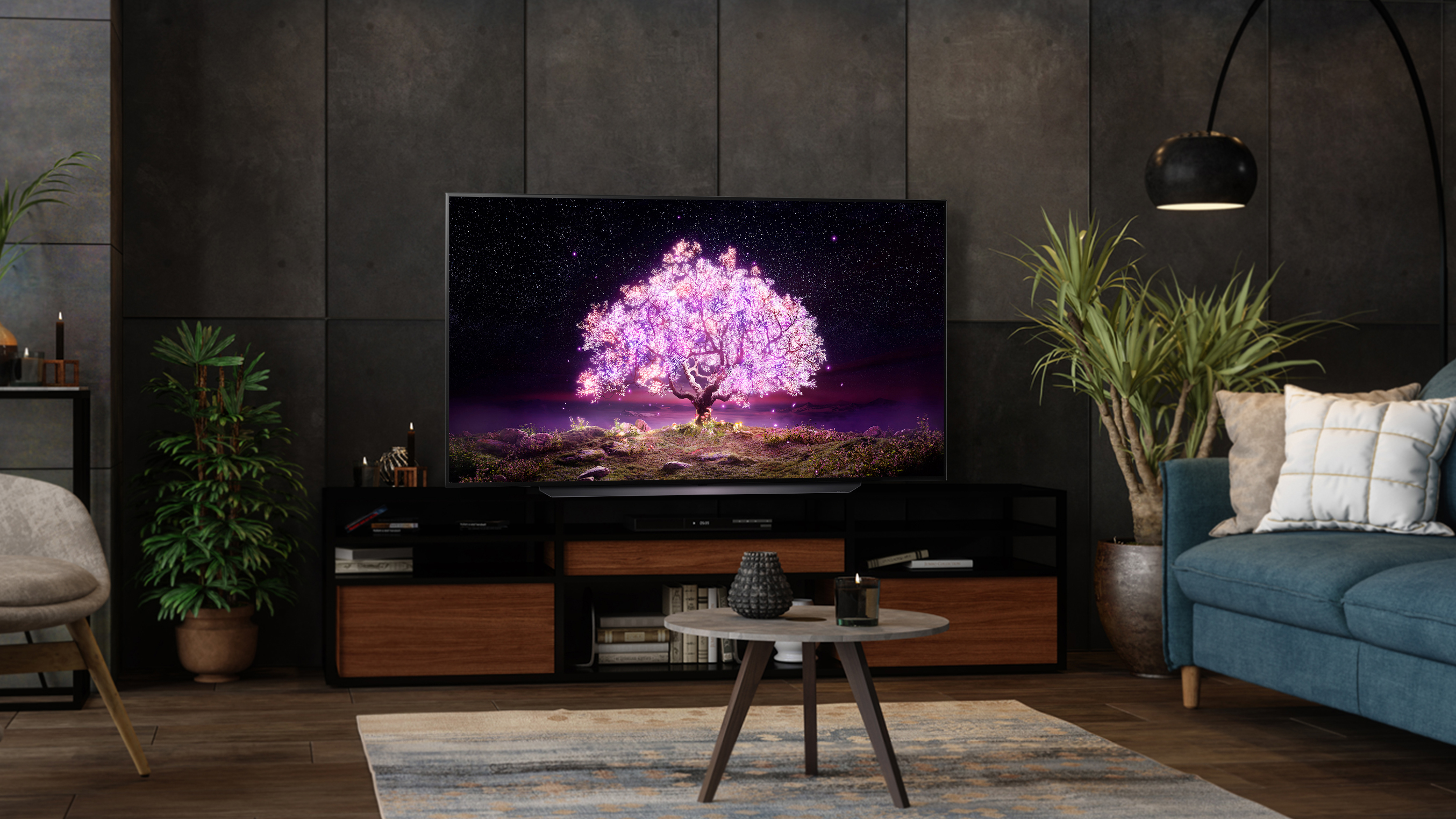
LG TVs have had a strong year. It’s TV line-up for 2021 has been amazing, and it’s set to finish strong, albeit for unusual reasons, with its unveiling of two new lifestyle TVS: the Objet and StandbyMe. Although this latest news has set TV enthusiasts abuzz, there’s more to the manufacturer’s impressive catalog of TVs, not least of all its LG C1 OLED TV, which is hands down one of the best TVs of 2021.
But even if we step away from the flagship launches, LG’s line-up has given us expanded TV panels boasting 83 inch displays, the new LG B1 OLED, and its newest NanoCell LCD televisions. In a bid to strive for continued improvements, LG has focused both on cost- saving measures, like its a7 processing chip, and the affordability of its B series OLED.
LG also launched its Mini LED TV range of 'QNED' screens earlier in 2021, revealing the new combination of NanoCell LCD and Mini LED backlighting to the world. It was an awe-inspiring first.
We also witnessed a much- needed increase in gaming functionality, with new OLED sets offering four HDMI 2.1 ports, perfectly partnered with both Google Stadia and Nvidia GeForce Now coming to all new LG TVs too.
It’s not just the new LG TVs we’re excited about either, but accessories, like the LG Magic Remote, which comes with LG OLED TVs. This remote really stands out because you can use it as a regular point and click remote, but it also comes with motion technology built-in, which responds to gestures and significantly upgrades your viewing experience once you get used to it.
All in all, the brand has powered through this year. But if you want the full lowdown on what was released, and what changes come to LG TVs in 2021, we’ve got everything you need below – along with the 2020 screens that came before.
OLED 2021 TVs
LG 2021 OLED TVs
Why you can trust TechRadar
LG Z1 8K OLED (77, 88-inch): LG's only 8K OLED TV is sure to be pricey, but it's one of very few televisions that meld 8K resolution with the benefits of an OLED panel. It's only available in a couple of larger sizes, though a bit cheaper than in previous years. At the top-end LG OLED, though, you're also getting top-class upscaling, Dolby Atmos audio, and the HDMI 2.1 / VRR gaming features found on the C1 and G1. We've only got UK pricing (below), but US figures are sure to follow shortly.
Read more: Should I buy an 8K OLED TV?
UK pricing and release date
- 77-inch OLED77Z19LA is available May 2021 for £19,999
- 88-inch OLED88Z19LA is available May 2021 for £24,999
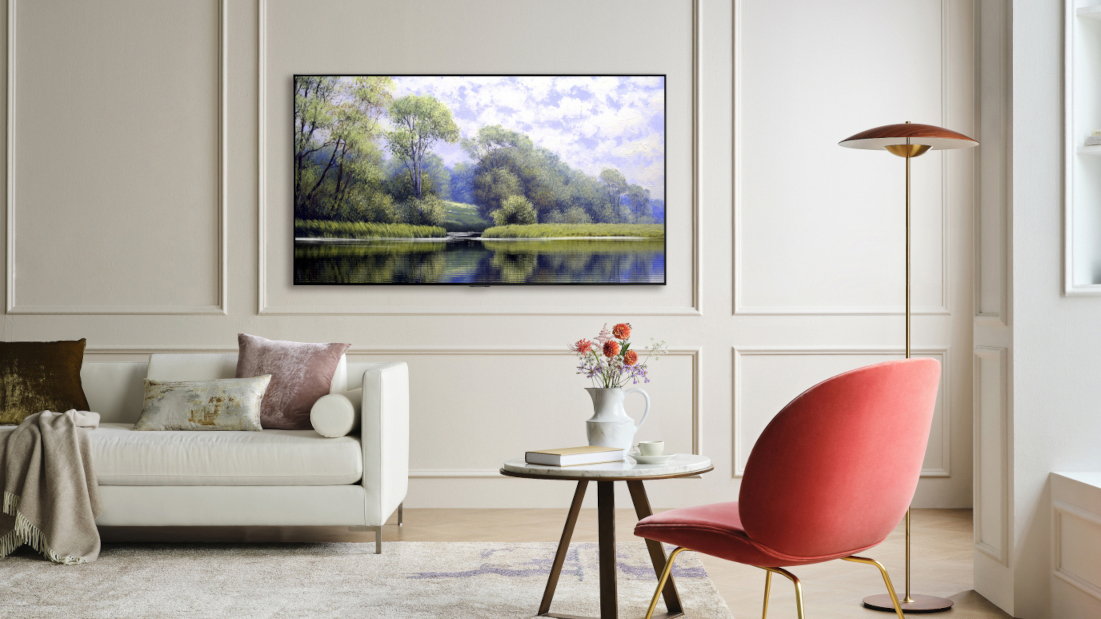
LG G1 4K OLED (55, 65, 77-inch): The Gallery Series OLED has a successor, with a slimmed-down form factor and an ‘OLED evo’ upgrade to the picture’s brightness that even the LG CX won’t be benefitting from. It’s set to be brighter than last year’s GX too, and come with the option of a paired Gallery Stand for those not wanting to drill this stunner into a wall. Featuring 4K HDR, Dolby Vision, and Atmos too.
Read our hands on LG G1 OLED review
US pricing and release date
- 55-inch OLED55G1PUA is available April 2021 for $2,199
- 65-inch OLED65G1PUA is available this month on LG’s website for $2,999
- 77-inch OLED77G1PUA is available this month on LG’s website for $4,499
UK pricing and release date
- 55-inch OLED55G16LA is available April 2021 for £1,999
- 65-inch OLED65G16LA is available April 2021 for £2,999
- 77-inch OLED77G16LA is available April 2021 for £5,499

LG C1 4K OLED (48, 55, 65, 77, 83-inch): The successor to last year’s popular CX OLED is the C1, with a new 83-inch size, an a9 Gen 4 AI processor, and support for Dolby Vision / Atmos. You’ll get the most sizing options with the C Series, going as small as 48 inches and including a new 83-inch size.
In our review, we called the C1 one of the best TVs at any price. It’s missing the new OLED evo panels going into the G1 OLED, but even in their absence the C1 produces colorful, bright and rich pictures with support for most types of HDR. There might be one or two areas for improvement, but otherwise the LG C1 OLED is still the gold standard for 2021 OLED TVs.
Read our full LG C1 OLED review
US pricing and release date
- 48-inch OLED48C1PUB is available April 2021 for $1,499
- 55-inch OLED55C1PUB is available this month on LG’s website for $1,799
- 65-inch OLED65C1PUB is available this month on LG’s website for $2,499
- 77-inch OLED77C1PUB is available this month on LG’s website for $3,799
- 83-inch OLED83C1PUA is available May 2021 for $5,999
UK pricing and release date
- 55-inch OLED55C14LA is available April on LG’s website for £1,699
- 65-inch OLED65C14LA is available April on LG’s website for £2,499
- 77-inch OLED77C14LA is available April on LG’s website for £4,499
- 83-inch OLED83C14LA will retail for £6,999 (date TBA)
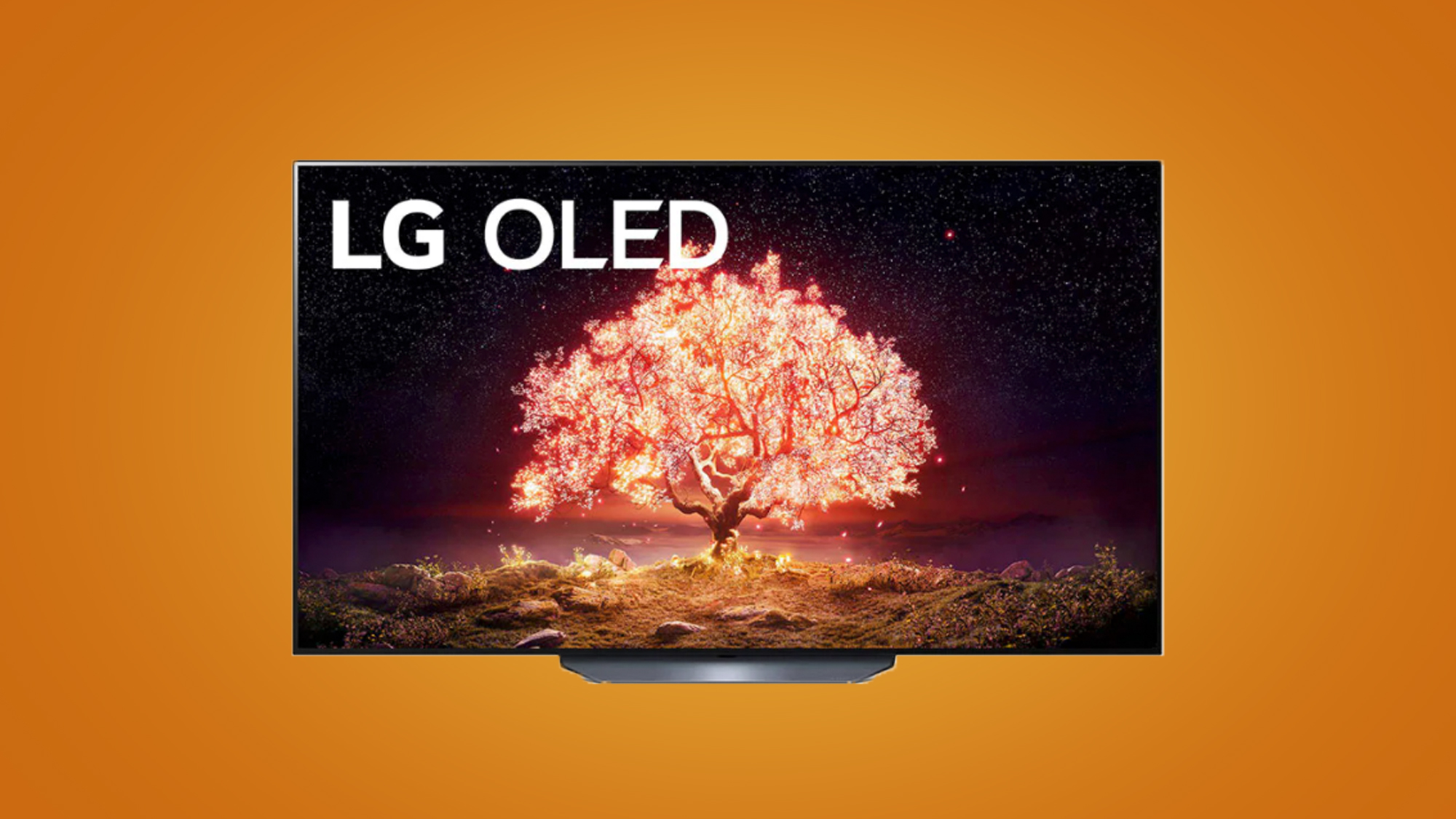
LG B1 4K OLED (55, 65, 77-inch): The B Series OLED isn't the cheapest model any more, but a new iteration is still coming. It has 40W of downward-firing audio, rather than the 20W of the A1 model below, and has two HDMI 2.1 ports to recommend it as a gaming TV too. It uses the a7 Gen 4 AI processor, rather than a higher-spec a9 model, so you can expect a little more video noise than in pricier OLEDs, but still with an excellent 4K HDR picture.
We now have UK pricing, but the B1 OLED won't be coming to the US. Read more in our LG B1 OLED guide.
UK pricing and release date
- 55-inch OLED55B16LA is available April 2021 for £1,599
- 65-inch OLED65B16LA is available April 2021 for £2,299
- 77-inch OLED77B16LA is available April 2021 for £3,799
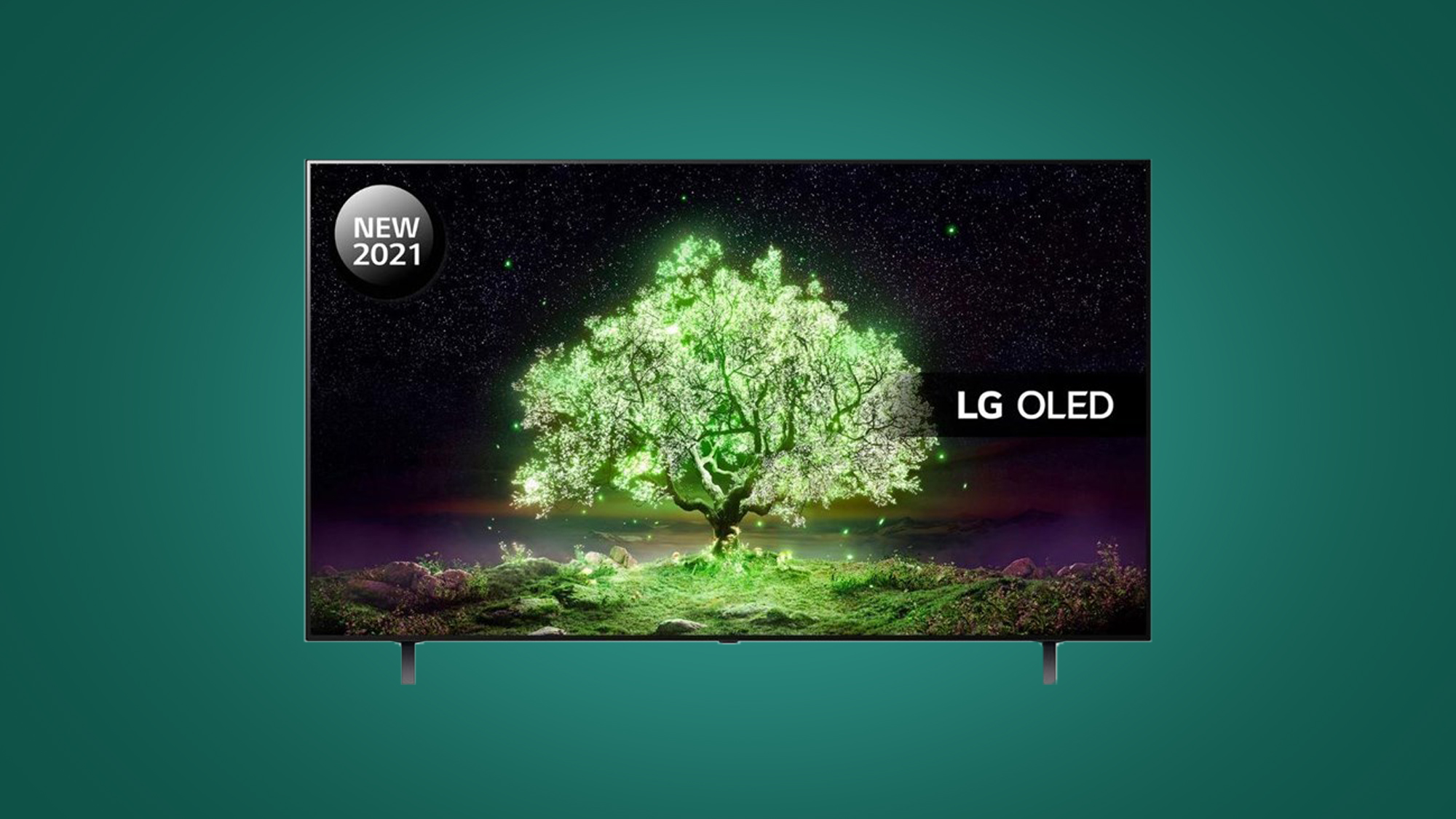
LG A1 4K OLED (48, 55, 65, 77-inch): This new entry-level OLED features the a7 Gen 4 AI processor, supports Dolby Vision and Atmos, and packs in 20W of audio, but doesn’t support HDMI 2.1 in its three HDMI inputs (unlike last year’s LG BX OLED). We’ll no doubt hear more soon, but for now know that this will be the cheapest LG OLED you’re getting this year.
Read more in our LG A1 OLED guide
US pricing and release date
- 48-inch OLED48A1PUA is available June 2021 for $1,299
- 55-inch OLED55A1PUA is available April 2021 for $1,599
- 65-inch OLED65A1PUA is available April 2021 for $2,199
- 77-inch OLED77A1PUA is available June 2021 for $3,199
UK pricing and release date
- 48-inch OLED48A16LA is available June 2021 for £1,099
- 55-inch OLED55A16LA is available April 2021 for £1,399
- 65-inch OLED65A16LA is available April 2021 for £2,099
- 77-inch OLED77A16LA is available April 2021 for £3,699
QNED 2021 TVs
LG 2021 QNED TVs
LG QNED99 8K TV (65, 75, 86-inch): The Nano9Z is this year’s highest-spec ‘QNED’ television, meaning it makes use of a Mini LED backlight to improve brightness control and contrast over standard LCD-LED displays. It’s an 8K TV too, and packs a 120Hz panel with Full Array Local Dimming, as well as supporting hands-free voice commands.
US pricing and release date
- 65-inch 65QNED99UPA is available July 2021 for $3,499
- 75-inch 75QNED99UPA is available July 2021 for $4,799
- 86-inch 86QNED99UPA is available May 2021 for $6,499
LG QNED95 8K TV (65, 75-inch): The QNED95 cleaves close to the QNED99, as a Mini LED 8K TV, but makes do with a 60Hz panel rather than 120Hz. It uses an 8K iteration of the a9 Gen 4 AI Processor too.
LG QNED90 4K TV (65, 75, 86-inch): This QNED television packs in 4K resolution, a 120Hz panel, and Full Array Local Dimming through its Mini LED backlight. It uses the a7 Gen 4 AI processor rather than the a9 though.
US pricing and release date
- 65-inch 65QNED90UPA is available July 2021 for $1,999
- 75-inch 75QNED90UPA is available July 2021 for $2,999
- 86-inch 86QNED90UPA is available July 2021 for $3,999
LG QNED85 4K TV (65, 75-inch): This step-down QNED model is also 4K, and matches the QNED90 for specs aside from its 60Hz panel.
NanoCell 2021 TVs
LG 2021 NanoCell TVs
LG Nano90 4K NanoCell (55, 65, 75, 86-inch): We’re no longer in Mini LED / QNED territory, with these 2021 iterations on last year’s NanoCell LCD TVs. The Nano90 is a 4K set featuring Nano Color, a 120Hz panel, It’s compatible with the Gallery Stand, too.
LG Nano80 4K NanoCell (50, 55, 65, 75-inch): This step-down 4K NanoCell model drops the motion rate from 120Hz to 60Hz, with an exception for its 86-inch size (which still features 120Hz). You’re making do with a quard-core processor rather than the a7 Gen 4 AI, and you won’t get Dolby Vision either. The backlight uses local dimming rather than Full Array too. It is, however, Gallery Stand compatible, unlike the other NanoCell 2021 TVs.
LG Nano75 4K NanoCell (43, 50, 55, 65-inch): Almost the same as above, but without local dimming or compatibility with the Gallery Stand.
UHD LCD TVs
LG 2021 UHD TVs
LG UP80 (43, 50, 55, 60, 65, 70, 75, 82, 86-inch): Don’t need the fancy stuff? This 4K UHD television packs a 60Hz panel for most sizes, with a 120Hz panel for its largest 82-inch / 86-inch iterations. Also with a quad-core processor, ThinQ AI and Magic Remote, and a slim ‘unibody’ form factor that’s compatible with the Gallery Stand.
LG UP70 (43, 50, 55, 60, 65, 70, 75-inch): Similar to above, but every size is 60Hz, and you won’t get the Magic Remote thrown in. There’s no ‘unibody’ design or Gallery Stand compatibility either, but it is compatible with Google Assistant and Alexa.
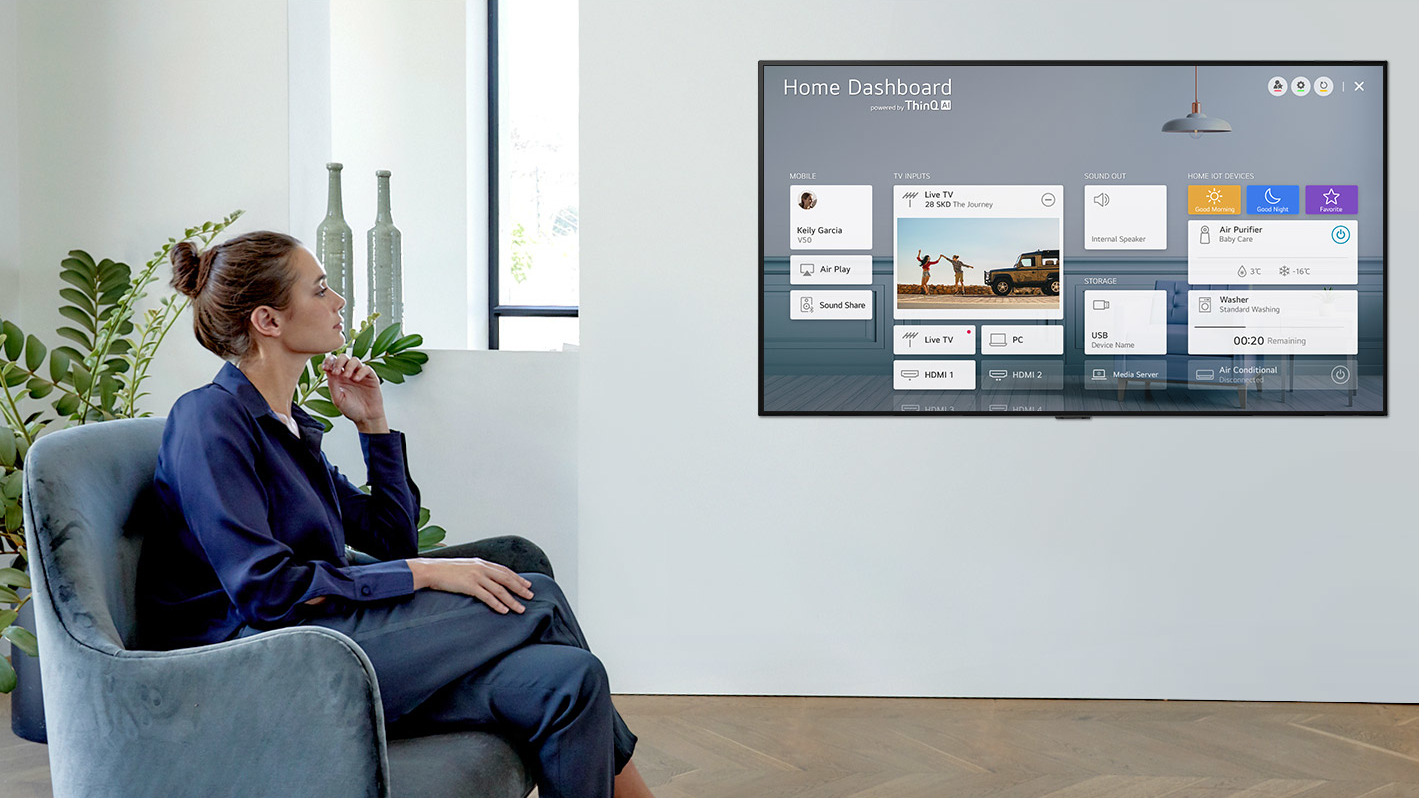
New LG TV 2021 technology
LG TV 2021 technology: what's new?
So, what’s new with LG TVs in 2021? There's a lot to get excited about. 2021 sees LG introducing a new round of processors, as ever, with the a9 getting a Gen 4 AI iteration, as well as a step-down a7 Gen 3 model for the new A Series. (The A Series will cleave close to the B Series of previous years, for those wondering.)
It’s that ‘AI’ part of the new a9 chip that piques our interest, though. LG claims its new chip will use deep learning to better analyze discrete objects onscreen, meaning people, backgrounds, and sections of text are all properly distinguished from each other.
The biggest change this year is probably the introduction of Mini LED, an LCD TV technology also used by TCL. LG’s Mini LED screens aren’t replacing its OLED TVs, but it could give new life to the company’s LCD displays, which tend to feel a bit underwhelming next to their impressive OLED siblings.
What is Mini LED? This panel technology makes use of a huge number of tiny LEDs (30 thousand in LG’s first Mini LED set), and is what LG calls “the ultimate evolution of LCD TVs”. LG’s Mini LED sets will be branded as ‘QNED’ (a garbled contraction of Quantum NanoCell Mini LED), which does sound eerily similar to Samsung’s QLED branding. The underlying technology is very different, though, given the Mini LED backlight, which should vastly outperform the brightness and contrast of traditional LED TVs.
If you're interested in the tech but not sure it's right for you, check our our guide: should I buy an LG NanoCell TV?
LG has quite a few TV technologies in play this year. Here's what you need to know.
OLED uses organic light-emitting diodes in each pixel to create virtually unlimited contrast (a pure white pixel next to a totally black pixel next to it, for example) but is limited by its peak brightness.
Nano Cell uses an LED-LCD screen with quantum dot-like technology to enhance color saturation, reach higher peak brightness and offer wider viewing angles than traditional LED-LCD.
QNED is a new TV technology for 2021, with the acronym standing for quantum nano-emitting diodes (yup). It makes use of a Mini LED backlight with 30,000 tiny LEDs, almost 2,500 dimming zones for exceptional brightness control and contrast (for an LCD screen, at least).
LG says its new backlight “comprises up to almost 30,000 tiny LEDs that produce incredible peak brightness and a contrast ratio of 1,000,000:1 when paired with up to 2,500 dimming zones and advanced local dimming zones.”
We have to discuss the new TV sizes, of course. LG Display, which supplies LG Electronics with OLED panels, is introducing a new 83-inch OLED panel size, as well as a 42-inch size for those after something smaller. It’s likely we’ll see both sizes for flagship sets like the C Series and G Series, if not the A Series too – and we know that the 48-inch OLED panel introduced last year is going to be more widespread across the LG range.
LG’s webOS smart TV platform has changed sizeably, with the usual horizontal icon bar now becoming a screen-filling interface, packed with recommended titles based on your viewing history.
The LG Magic Remote has undergone something of an overhaul, too, with a new ergonomic shape as well as the introduction of NFC Magic Tap technology to enable fast screen mirroring from a smartphone. It will feature dedicated buttons for Netflix, Amazon Prime Video, Disney Plus, and LG Channels – as well as ThinQ, Google Assistant, and Amazon Alexa smart assistants.
Gaming is a big concern this year – understandably, given the recent launch of the PS5 and Xbox Series X consoles. And LG’s 2021 TVs are set to feature VRR (variable refresh rate), Nvidia G-Sync for reduced screen tearing from connected PCs, and four HDMI 2.1 ports (for the OLEDs, at least). There’s also
We’ll even see support for Google Stadia and the Nvidia GeForce Now streaming services land in the second half of 2021, in a major boost to both platforms.
LG’s AI Sound Pro feature will also upmix audio to 5.1.2 channel sound, for a surround sound-esque effect, though we don’t expect it will ever quite feel like the real thing.
2020
LG OLED 2020 TVs: what's left over from last year?
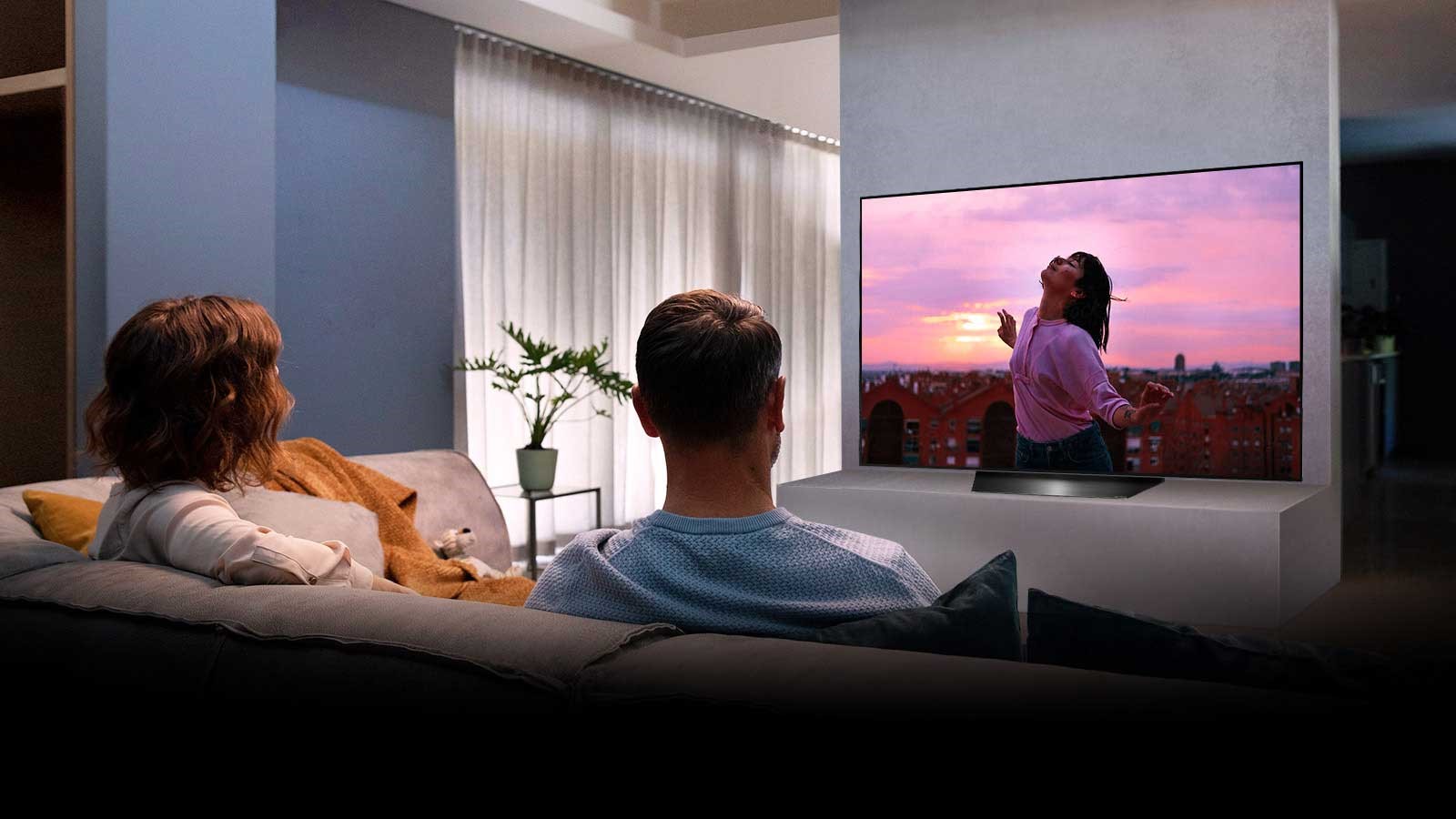
LG BX Series OLED
Model Numbers: LG 55OLEDBX, 65OLEDBX
The most affordable LG OLED is the one that, unfortunately, comes out the latest – though it finally launched in early September. The LG BX OLED is available in two sizes so far (55- and 65-inch), with a 77-inch model likely coming down the line.
As the cheapest member of the OLED family, the BX will use the slightly less powerful a7 Gen 3 Processor instead of the a9, which means it doesn’t benefit from AI upscaling, a pretty essential feature if you’re thinking about buying at a larger size.
However, last year's B9 didn't suffer much in the picture department, and the BX is likely to be a smart buy too – especially since it's retailing at just $1,399 / £1,299 / AU$2,795 for a 55-inch size, significantly less than its B9 predecessor did at launch. The larger 65-inch model costs $2,099 / £1,999 / AU$3,795.
Read our full LG BX OLED TV review
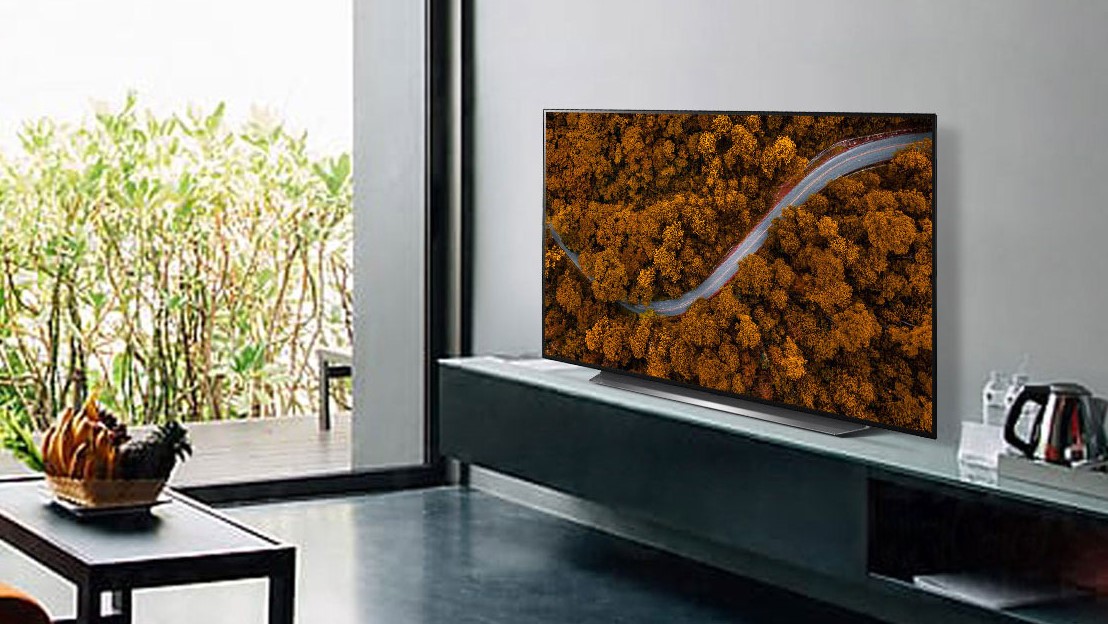
LG CX Series OLED
Model Numbers: LG 48OLEDCX, 55OLEDCX, 65OLEDCX, 77OLEDCX
One step above the entry-level BX series is the 2020 CX OLED, a successor to last year’s award-winning LG C9 OLED, and the first TV in the OLED lineup to use the alpha 9 Gen 3 Processor. As we mentioned earlier this is the first time LG is offering a 48-inch version of the TV, so if you’ve wanted a slightly smaller OLED for your bedroom, the new CX OLED is one to forward to. It sits on a unibody stand or can be wall-mounted.
Prices start at $1,799 / £1,799 (around AU$2,500) for the 55-inch model, with a 65-inch model costing $2,499 / £2,799. There's a bigger 77-inch version (price TBA) and more compact 48-inch model (£1,499 / probably $1,499) too.
Read our full LG CX OLED review

LG GX ‘Gallery’ Series OLED
Model Numbers: LG 55OLEDGX, LG 65OLEDGX, LG 77OLEDGX
So, slight change in the lineup this year – there’s no E Series OLED in 2020. Instead what we get is the new GX ‘Gallery’ Series OLED that mounts on the wall and has ports located right on the back. It’s a similar design to the W-Series ‘Wallpaper’ design you might have seen in past years, but by integrating the ports right into the TV instead of an attached soundbar, you’re able to hook the TV up to whichever sound system you’d like. It’s also worth noting that this is the first TV in the range to support ATSC 3.0.
Prices start at $2,699 / £2,299 (around AU$4,500) for the 55-inch model, with a 65-inch (April) and 77-inch (May) model available too.
Read our hands-on LG GX OLED review
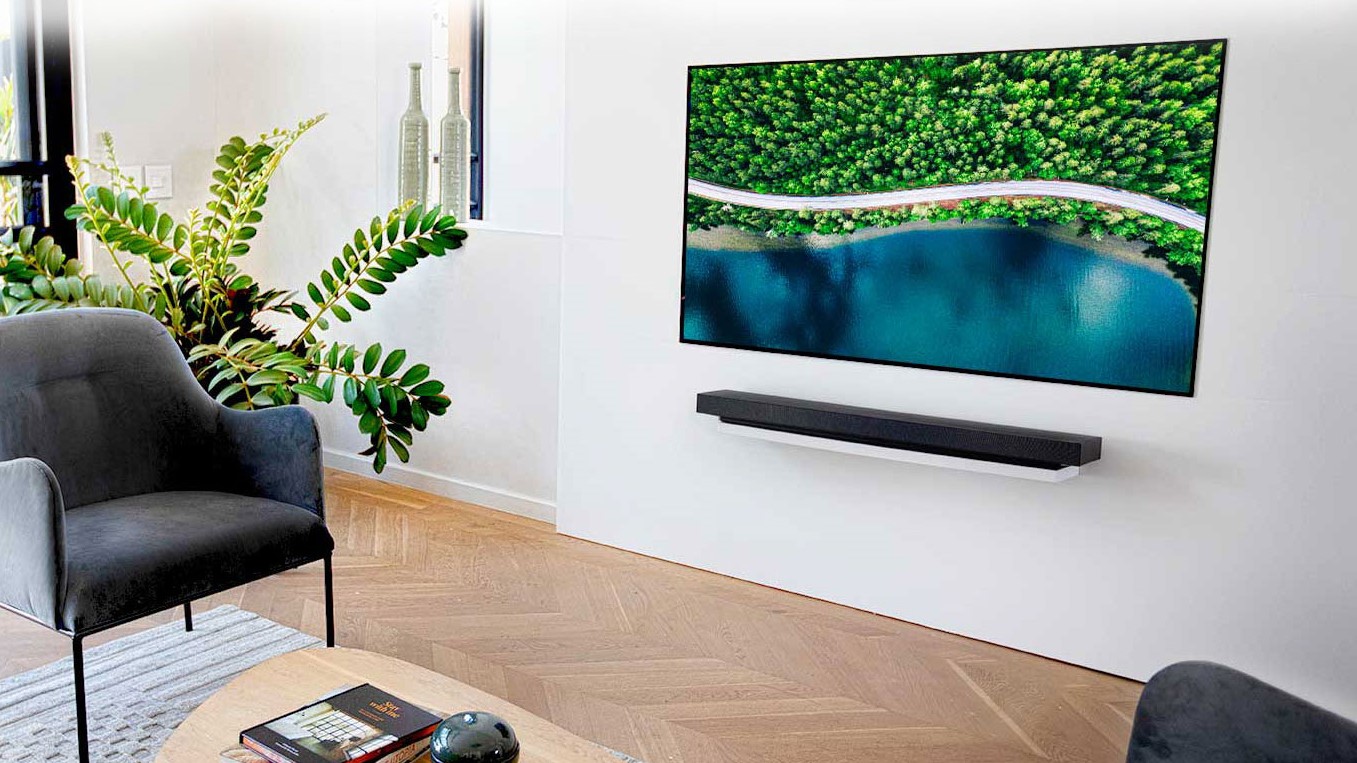
LG WX ‘Wallpaper’ Series OLED
Model Number: LG 65OLEDWX
That said, you’ll still see a single new model of the LG WX ‘Wallpaper’ Series in 2020, available in a 65-inch screen size for £4,499 (around $5,600 / AU$9,200) from April.
Like years prior, it will still use an attached Dolby Atmos soundbar as a hub for inputs and outputs and need to be mounted. If you want something bigger than 65-inches, LG says that the 77-inch version of the W9 OLED will be available this year as well. It also supports ATSC 3.0.
Read our comparison piece: LG GX vs LG WX OLED: which should you choose?
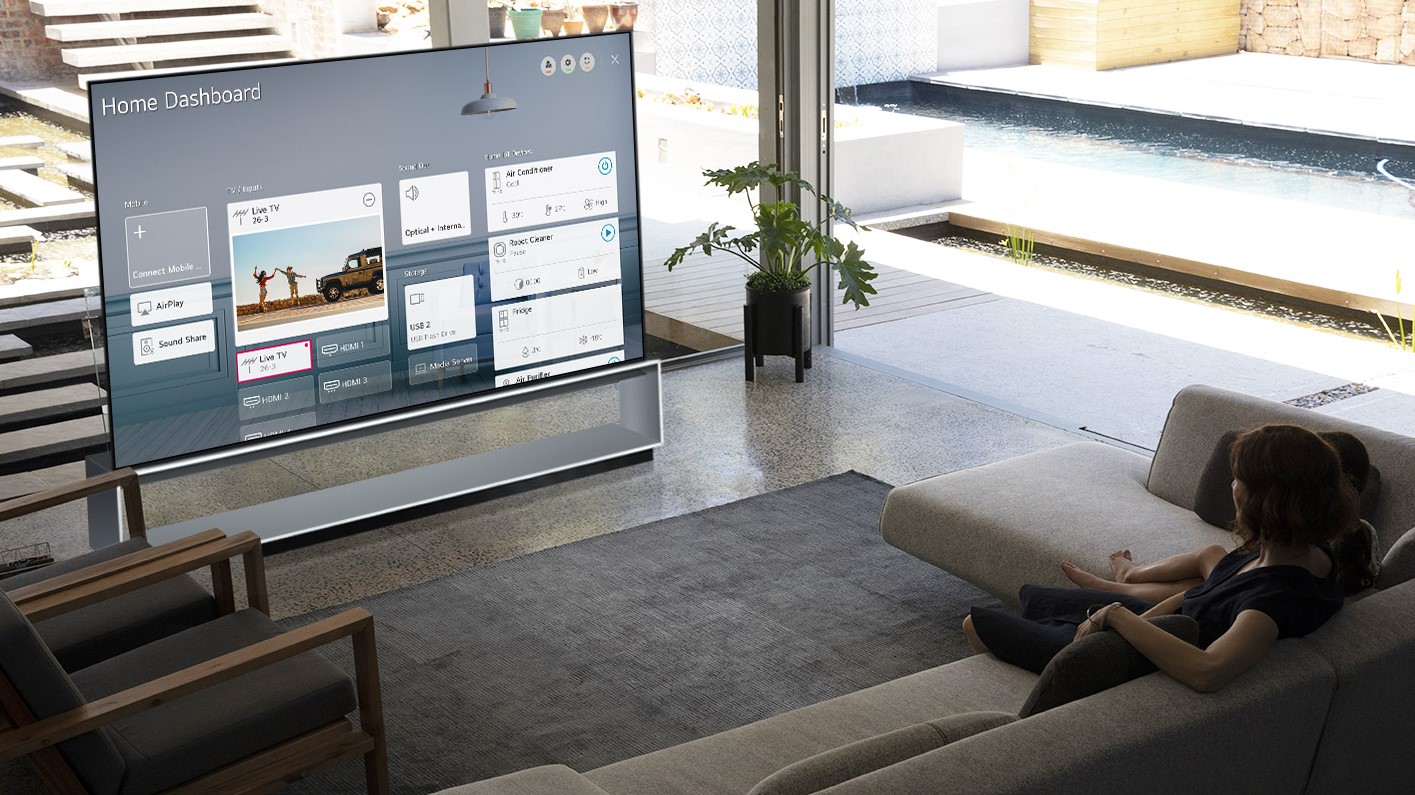
LG Signature ZX 8K OLED
Model Number: LG 77OLEDZX, LG 88OLEDZX
The penultimate OLED this year is the LG Signature ZX - LG’s only 8K OLED TV. Because it’s 8K, it uses the higher-end Alpha 9 Gen. 3 8K AI chip with deep learning to offer better upscaling to fill all those pixels and hands-free voice control thanks to a built-in microphone that responds to ‘Hi LG’. It was easily one of the best TVs we saw at CES 2020 this year, and we can’t wait to try it out in our own home later this year.
Prices start at £24,999 (around $30,100 / AU$51,000) for the 77-inch model, though the 88-inch model launched first for £39,999 (around $50,000 / AU$82,000) in May.
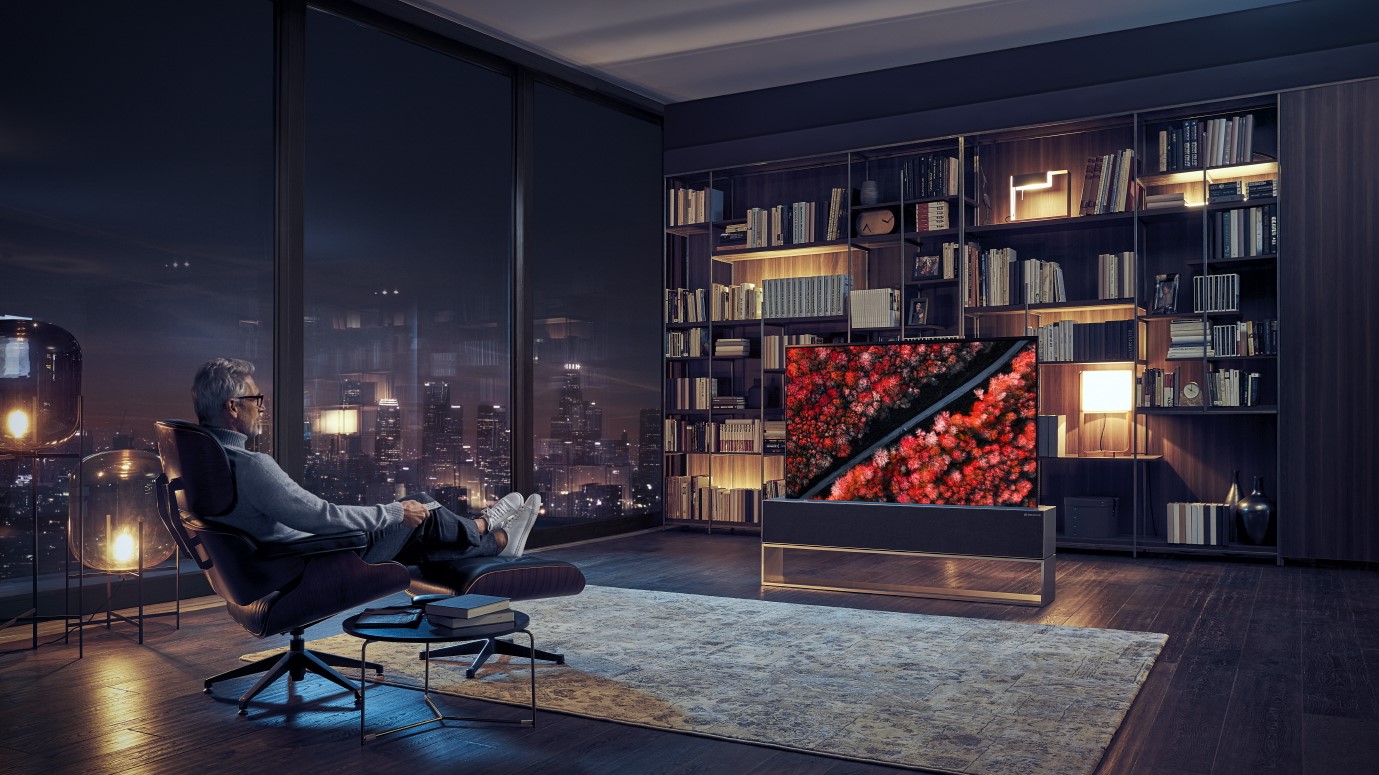
LG Signature RX 'Rollable' OLED
Model Number: LG 65OLEDRX
OK, so the Rollable OLED TV missed its debut in 2019 but LG has said repeatedly that this will be the year that you’ll be able to buy the Rollable OLED with the new Alpha A9 Processor in it. That’s the good news.
The bad news is that it only comes in a single screen size – 65-inch – that costs upwards of $60,000 (around £48,000 / AU$99,000). It also won’t be ATSC 3.0-ready, which could be a real disadvantage once stations start broadcasting in 4K HDR. Still, if you’re absolutely loaded and want the coolest TV in town, the Rollable OLED fits the bill.
Read our hands on LG RX Rollable OLED review
LG NanoCell 2020 TVs
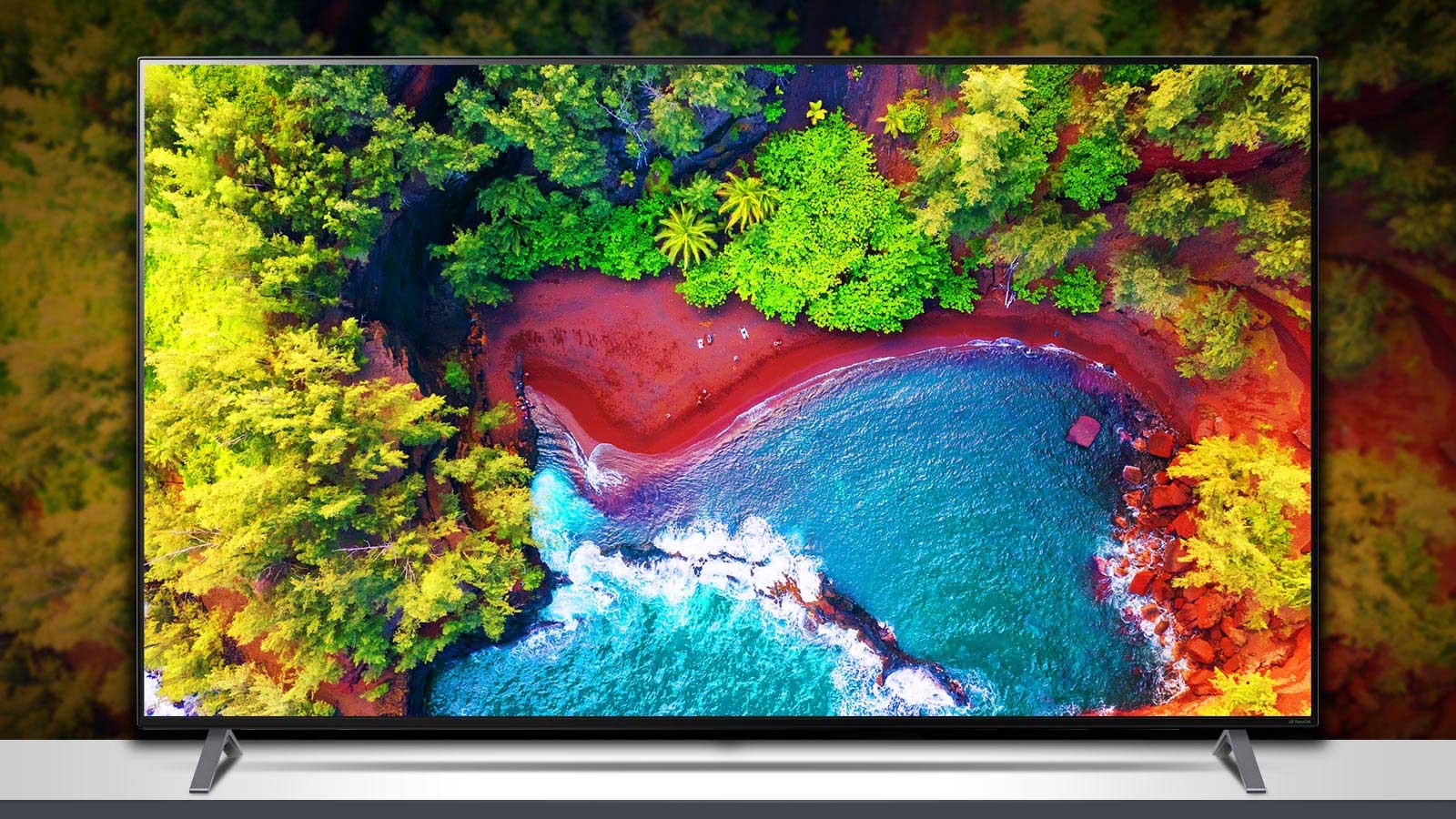
LG Nano85 Series
Available screen sizes: 49-inches, 55-inches, 65-inches, 75-inches
Dropping down from OLED TVs to Nano Cell LED-LCDs, the first entry in the lineup is the LG Nano85. This series will use the Alpha A7 Gen. 3 Processor and have a native 120Hz refresh rate. It’s also capable of displaying Dolby Vision content as well as passing on Dolby Atmos signal to a compatible sound system.
That’s something all the OLED TVs can do, so it’s nice to see it in the more affordable entry-level Nano Cell series. The only downside to this model is that it uses edge-lit LEDs instead of a full array panel which will definitely take a toll on contrast, but again, you get what you pay for.
LG Nano90 Series
Available screen sizes: 55-inches, 65-inches, 75-inches and 86-inches
The LG Nano90 is one step up from the LG Nano85 and the big change is that it uses a full-array panel for better contrast and comes in a larger, 86-inch screen size. Otherwise it has all the same specs and features as the LG Nano85.
UK pricing starts at £1,299 (around $1,600 / AU$2,700) for the 55-inch model.
Don't miss our LG Nano90 review
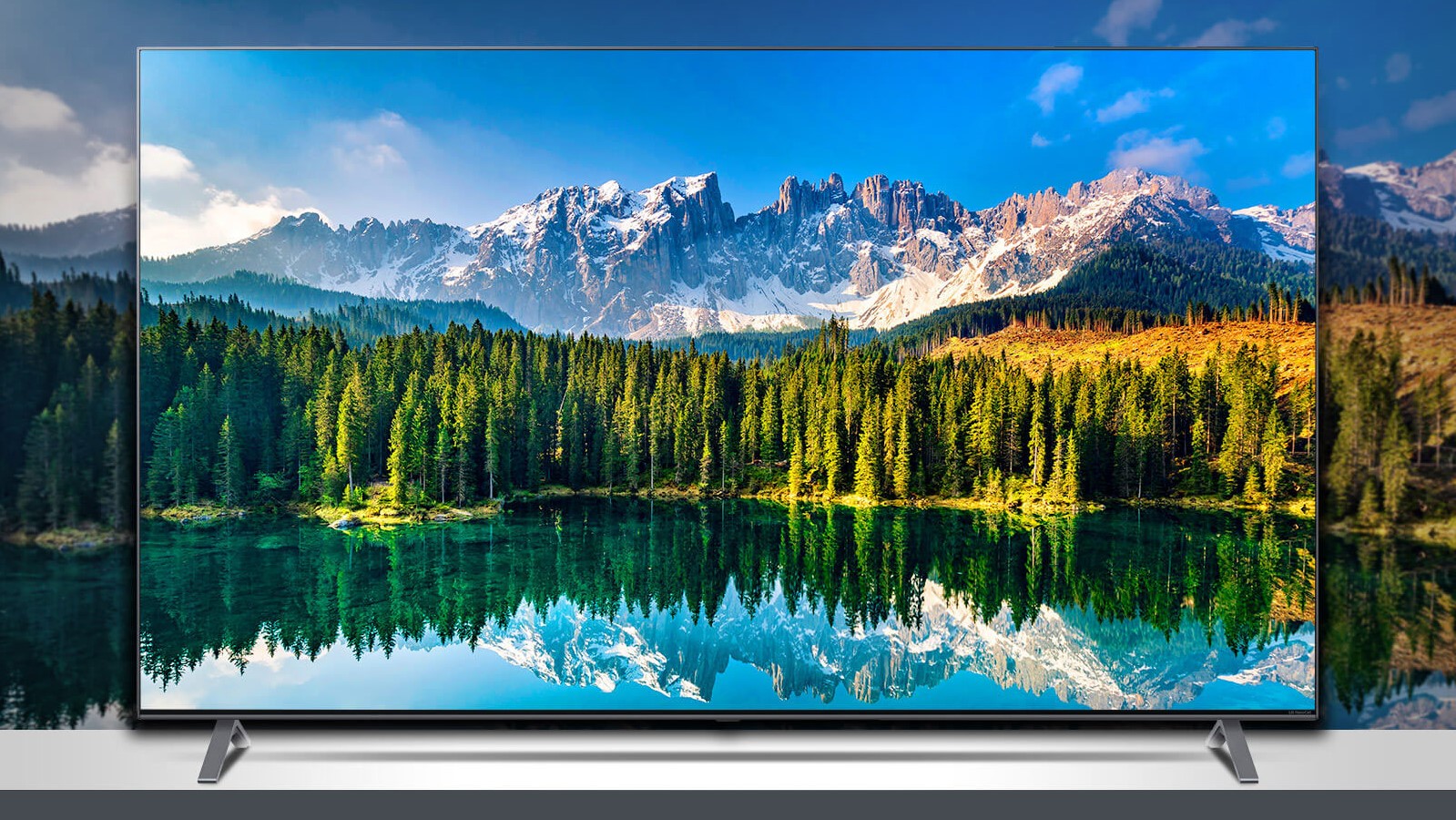
LG Nano97 Series
Available screen sizes: 65-inches and 75-inches
Going up one more step is the LG Nano97. It’s the first 8K TV in the Nano Cell lineup and uses the Alpha A9 Gen. 3 8K AI Processor. Unlike the lower-end Nano Cell TVs, the Nano97 will also incorporate the built-in microphone and responds to ‘Hi LG’.
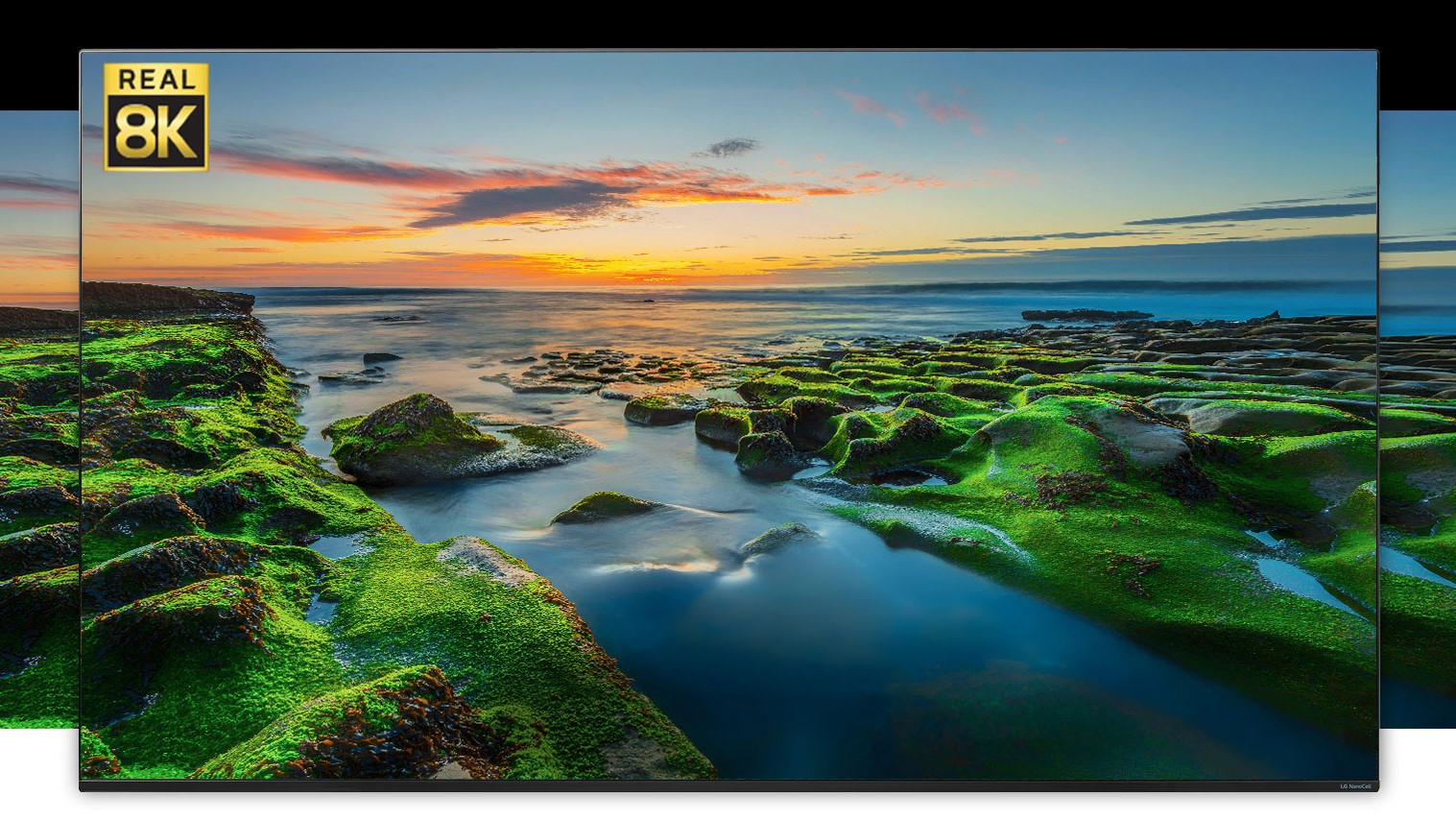
LG Nano99 Series
Available screen sizes: 65-inches and 75-inches
The highest-end Nano Cell TV is the LG Nano99 - another 8K LED-LCD screen and the best one in LG’s 2020 lineup. It only comes in two sizes, but both use LG’s Full Array Dimming Pro technology to give even better black levels and contrast. We’ll have to test it to see how much of a difference it makes, but if you’re afraid of burn-in and really want an 8K LED-LCD, this is probably the model to pick.
The 75-inch model launched first in late April, for £5,499 (around $6,800 / AU$11,300), and a cheaper 65-inch model arrived in June.
LG UHD 2020 TVs
LG UN6900/UN6970 (US)
Available screen sizes: 65-inches to 85-inches
The cheapest TV you’ll be able to buy from LG in 2020 is the UN6900/UN6970 - at least in the US. The UK and Australia will get their own budget UHD TVs with most of the same specs, but there’s likely to be some regional variation as well. In the US, expect these TVs to use Active HDR, the basic version of WebOS and a Quad-Core processor. Unfortunately they only have a native refresh rate of 60Hz and use a basic IPS panel.
LG UN7300/UN7370 (US)
Available screen sizes: 65-inches to 85-inches
It’s not a massive step up from the UN6900 but the UN7300 will add smart assistants (Google, Alexa and Siri through AirPlay 2) as well as Sports Alert through WebOS. Unfortunately there's no Dolby Vision support at this level and the panel runs at a native 60Hz. Both those specs change with the next step up, thankfully.
LG UN8500/8570 (US)
Available screen sizes: 65-inches to 85-inches
The highest-end regular UHD TV from LG in 2020 (at least for US customers) is the UN8500 that adds Dolby Vision IQ to the TV as well as the Alpha a9 Gen. 3 Processor. The panel gets upgraded to 120Hz at this level and has some form of local dimming. It's not going to be as good as the Nano Cell TVs above it, but if your budget is very limited, these will probably offer the best bang for your buck.
Everything you need to know about the best TVs today:
Best TV 2021: the best TVs available to buy in 2021
Best Smart TV 2021: every smart TV platform and which set does it best
Panasonic TV 2021: all of the top OLED and LCD televisions of the year
Sony TV 2021: more Master Series and Bravia TVs on the way
Samsung TV 2021: every new Samsung TV of this year
Best 65-inch 4K TV: the best big screen TVs for any budget
Get daily insight, inspiration and deals in your inbox
Sign up for breaking news, reviews, opinion, top tech deals, and more.
Henry is a freelance technology journalist, and former News & Features Editor for TechRadar, where he specialized in home entertainment gadgets such as TVs, projectors, soundbars, and smart speakers. Other bylines include Edge, T3, iMore, GamesRadar, NBC News, Healthline, and The Times.
